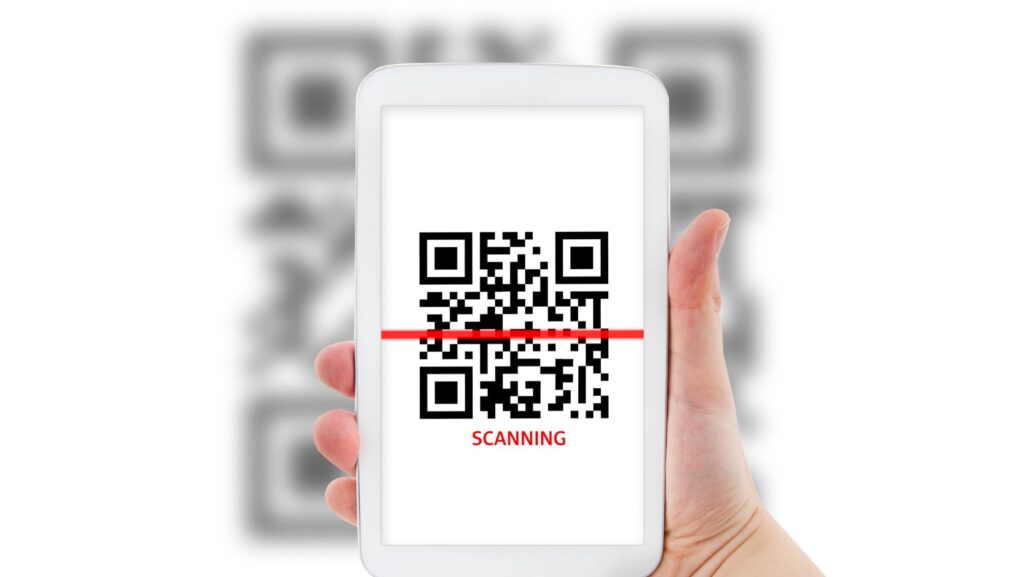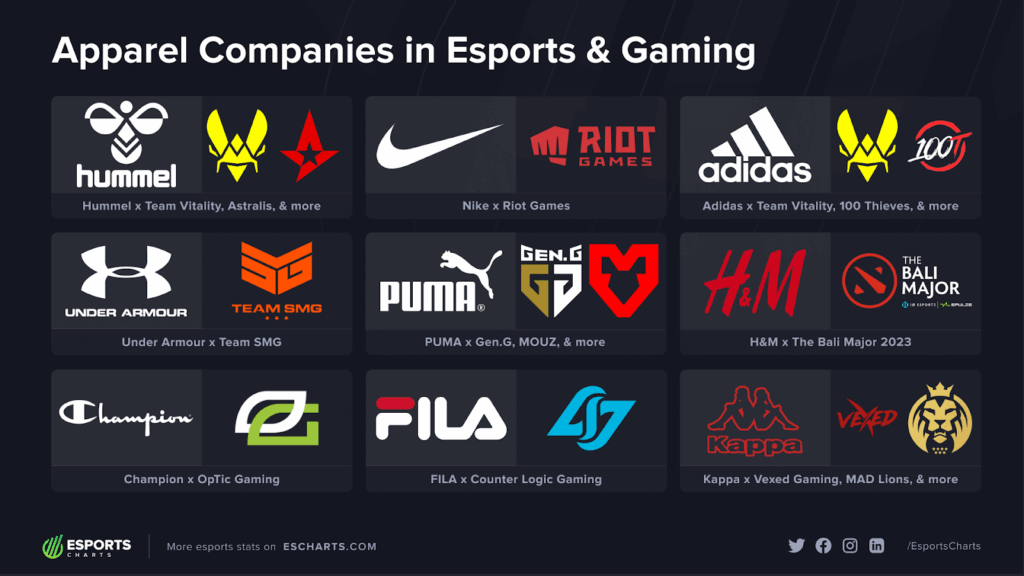Should You Play Mists of Pandaria Classic in 2025?
Each era from the launch of WoW until now is unique and special in its own way, and different people will associate different things with varying epochs in the game’s long history. Some will mention The Burning Crusade and say this is what every expansion should strive to be. Others will say the golden age was Wrath of the Lich King. Then in 2012, we had the expansion Mists of Pandaria, which was divisive at launch, and the expansion, Pandaria, earned respect after for the expansion’s depth, class design, and long-term content. Mists of Pandaria is now being offered in 2025 in its classic form, allowing players to once again explore the beautiful land of Pandaria. The question is, should you go back to and explore this land? The Return of Pandaria Gold and the Classic Economy One of the major talking points in WoW Classic has always been the economy, and Pandaria Classic is no exception. From the start of the game, players can see and feel the importance of the Pandaria gold. It seems that whether you want to level your professions and make money, or if you want to stock up on flasks for upcoming raids, or if you want to collect collectibles, the gold rush is the experience for you. From the earlier expansions, this is different because in Pandaria, you do not feel ‘stuck’ with professions and questing; it’s rewarding. Why Mists of Pandaria Stood Out When Mists of Pandaria first launched, some players dismissed it because of the Kung Fu Panda memes. But beneath the surface, it had some of the most polished systems WoW had ever seen. Here’s why it stood out: More than any other expansion, Pandaria took risks, and while not all landed in a bullseye, the package has aged much better than many players predicted. That’s in part why its Classic revival feels more justified than ever. Leveling Experience in 2025 One of the most noticeable divergences between playing Pandaria back in 2012 and now is the pacing. The number of seasoned players and available guides has gone up, so one’s desire to level up much faster can now easily be achieved. On the other hand, those players who prefer a leisurely approach to gaining experience will find a much more enjoyable, story-enhanced experience available in Pandaria. The continent’s zones are designed with more cohesive questlines as opposed to scattershot tasks. This creates a more natural leveling experience, akin to reading a book where every chapter builds upon the previous. Should you prefer grinding in a more productive manner, the queues are active, and the Pandaria dungeons, with their revamped mechanics, are far from boring. The real treat is how visually appealing Pandaria still is. Even in the year 2025, the art direction still stands, with Asian architecture seamlessly integrated with the distinctly cartoonish architecture of WoW. Endgame: Raids and PvP As for the raids, bringing to WoW the most loved raiding content makes Classic Pandaria a charming data disk. As for the PvP, Classic Pandaria features battlegrounds and arenas at a time of the game’s history when class balance is regarded as solid. Also, the expansion’s talent system is designed without being simplified. The PvP environment, whether for gladiator accolades, spamming battlegrounds, or anything in between, is lively again. Community and Social Play The other aspect of Pandaria Classic is the social aspect. WoW retail, in its cross-server system, allows for the shortest path between players because of a lack of real system interactions, which is the opposite in Classic servers. Many PvP and raid guilds exist, but there are also social guilds that mainly aim to do dungeon runs and mount farming. The addition of social-led events, such as transmog competitions or cosplay events in the beautiful zones of Pandaria, provides context outside of raiding and grinding. The feeling of community that WoW Classic nourished is tacked again with a blanket of modernity in Pandaria Classic. Most speculate on Pandaria’s standing against classic expansions. Ikan’s Wrath, for instance, is a classic expansion worth assessing. Here’s a quick comparison: Feature Wrath Classic Cataclysm Classic Pandaria Classic Leveling pace Faster, iconic zones Reworked the old world Smooth, story-driven Raid design Memorable but uneven Mixed reception Highly praised PvP balance Burst heavy Gear-dependent Considered strong Economy Farm-heavy Professions useful Daily quests + farming balance Replayability Moderate Moderate High (challenge modes, dailies) If you want polished content that aged well, Pandaria Classic arguably surpasses both Wrath and Cataclysm in terms of long-term replay value. Pandaria Gold Farming in 2025 Beyond the nostalgic raids and PvP, farming Pandaria gold remains a rewarding side activity. Many players are diving into old farming spots for rare materials, mounts, and transmog items that still fetch good prices on the Auction House. Timeless Isle, a late-expansion zone, is already buzzing with players farming coins, pets, and materials. The Sha of Anger world boss also draws crowds, not just for gear but also for mount drops. This combination of gold farming and rare item hunting keeps endgame zones lively, even for casual players who aren’t raiding weekly. If you enjoy playing the market or grinding resources, Pandaria Classic provides plenty of room to grow your fortune without feeling like a second job. Is It Worth Starting Fresh? The biggest hesitation some players have is whether to start fresh in 2025. After all, other Classic expansions have already eaten up years. The even better news is that Pandaria Classic has opened up to new players and veterans alike. Blizzard has not strayed from the essence of the product and has upgraded even just a little, so the community is active, and the variety of leveling zones is dense. Final Verdict In matters of playing Mists of Pandaria Classic in 2025, the level of satisfaction hinges on the individual’s expectations. Should you be looking for another expansion that balances class gameplay and features fascinating raids, then you are in for a treat. The expansion is yet another beautiful piece
Should You Play Mists of Pandaria Classic in 2025? Read More »








